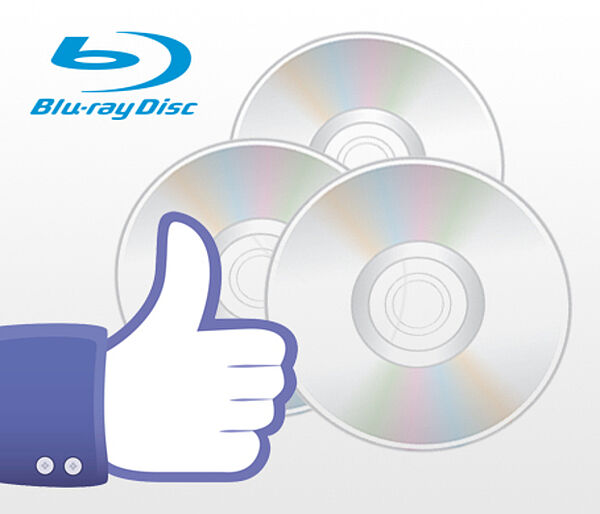For 10 years now, Facebook has been diligently collecting everything that the now 1.23 billion users reveal about themselves. Much of the data is initially diligently shared by the users and viewed again and again. But what happens to the older data? They are only called up from time to time, for example when newly added friends look around in the older data or when you yourself click nostalgically through the aging photo albums.
This scenario is the non plus ultra application area for HSM software, which can move the content back and forth between the directly accessible, faster but expensive storage systems and the nearline storage systems, which are much cheaper to maintain, depending on the access situation.
For the user, this all happens in the background, because even if a file is moved in the background, a link to this file remains on the original storage medium. In the situation of an access, when the user clicks on an outsourced file, or in the case of Facebook, on the link, the HSM system redirects the request to the actual location of the file. Although the access takes a little longer, depending on the nearline storage system used, this is not necessarily unusual, because it also takes a few seconds to cache and start the video when viewing YouTube videos, for example.
Facebook developed with a partner a Blu-ray media based storage system, where about 10.000 Blu-ray media with 100GB each can hold and provide a total of one petabyte of data. In this system, cartridges are used, which - like in the first 6x CD changer for cars - contain several Blu-rays. When a file is requested from the archive, a robotic system removes the respective cartridge, transports it to the next drive in a few seconds and then immediately starts transferring the data.
The argument in favor of such solutions is primarily the cost, but long-term data security and energy efficiency also play a role. The hard disk arrays that are usually used are expensive to purchase and, not least, to maintain, because in such applications the hard disks rotate continuously, thus consuming electricity and, last but not least, producing heat that has to be cooled down again via a complex air conditioning system.
In addition still the substantial expenditure comes to have to umkopieren hard disk memory for safety reasons again and again. Anyone who has ever copied a photo collection or the like from one hard disk to another at home with a few terabytes of data can estimate the period of time over which this will have to be done, with data volumes in the multiple petabyte (1 petabyte = 1,000 terabytes) range.
If no data is queried, the media robot consumes hardly any power at 200 watts and the heat generated is negligible even at full load. According to its own information, Facebook saves 80% of the energy costs compared to the previously used hard disk systems. In addition, the durability of the Blu-ray media used is a not negligible advantage of the technology. While hard disks that rotate constantly have to be replaced every 3-5 years, the durability of Blu-rays is certified to last at least 50 years, which is much longer.
Especially in the age of Big Data, the durability of storage systems is a major issue, because unlike business files, which are usually disposed of after 10 years, this new IT trend promises to make a profit even from older data after many years. Information is increasingly becoming a commodity and, if evaluated correctly, is one of the most important raw materials in our society.
At this year's CeBIT INCOM Storage GmbH will present a Blu-ray storage system of the manufacturer HIT-Storage at the VOI Hardware booth in hall 3 (F36). Tickets for CeBIT can be ordered free of charge via the INCOM website (www.incom.de).
